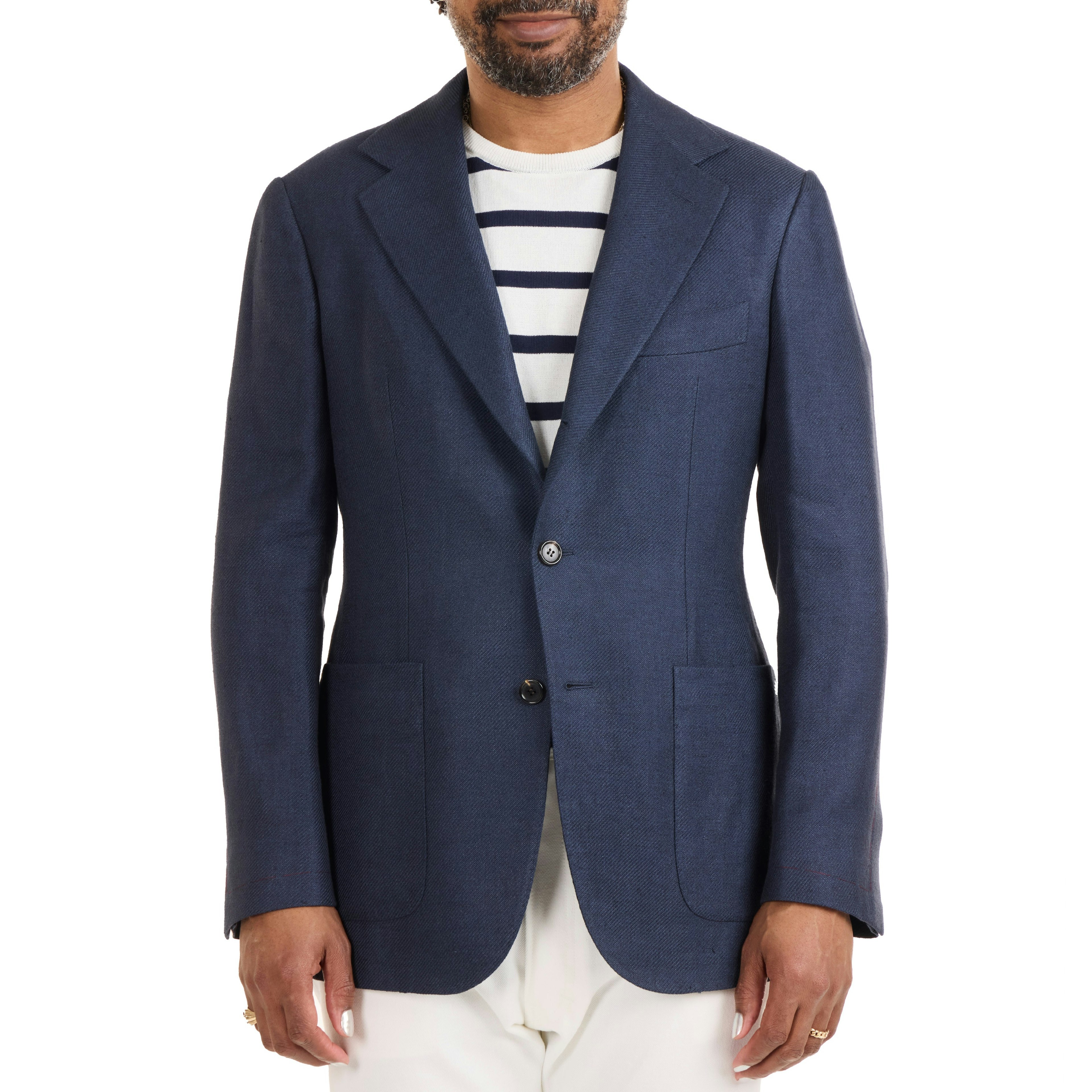Henry Boogers
Distinguished Member
- Joined
- Dec 22, 2003
- Messages
- 1,424
- Reaction score
- 26
I suppose, although I'd like to vet it before I make an ass of myself on the phone. Truth be told, I was hoping for something definitive, which I thought we were trending toward in the begining.
With any luck the person on the other end of the phone will have a similar sense of humor to those on this forum and it will not be apparent that you are making an ass of yourself. If you call please record, upload to youtube and post here. Same if you attempt the modification yourself.



